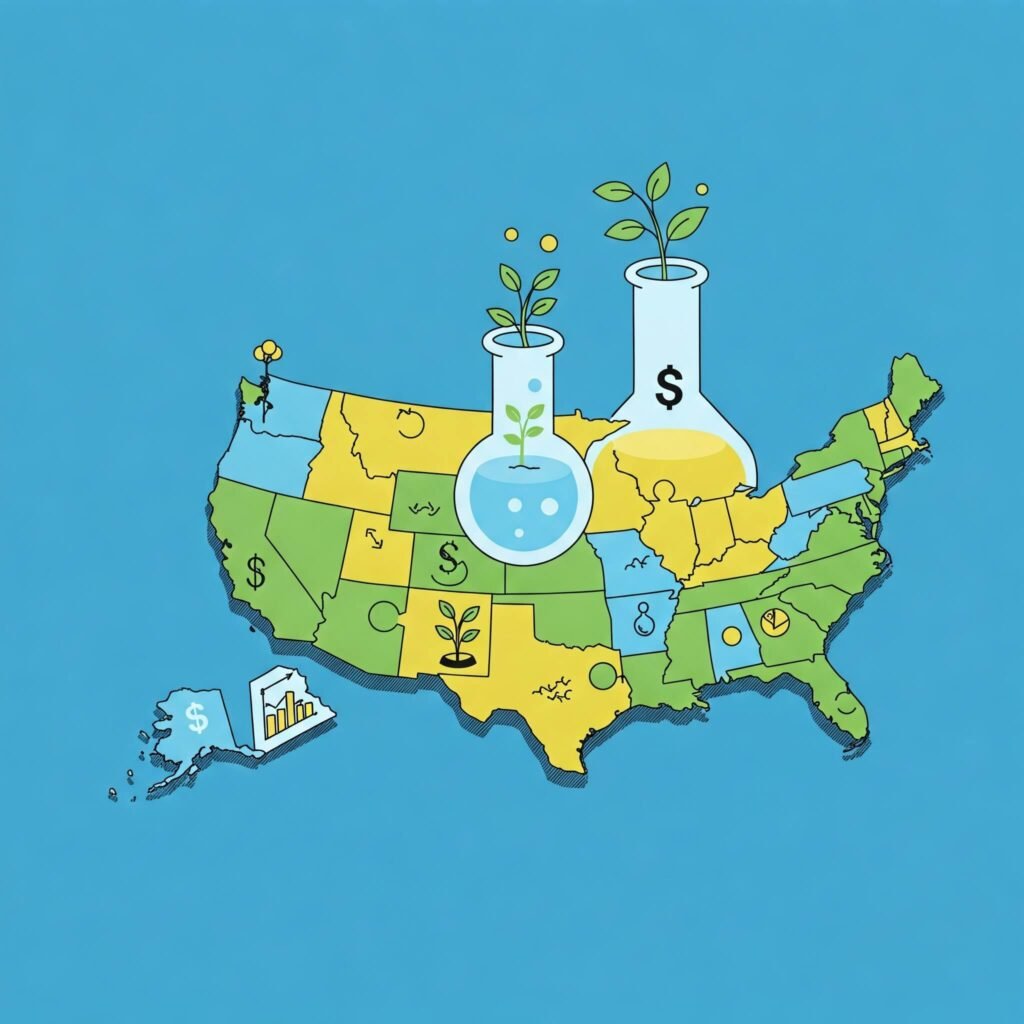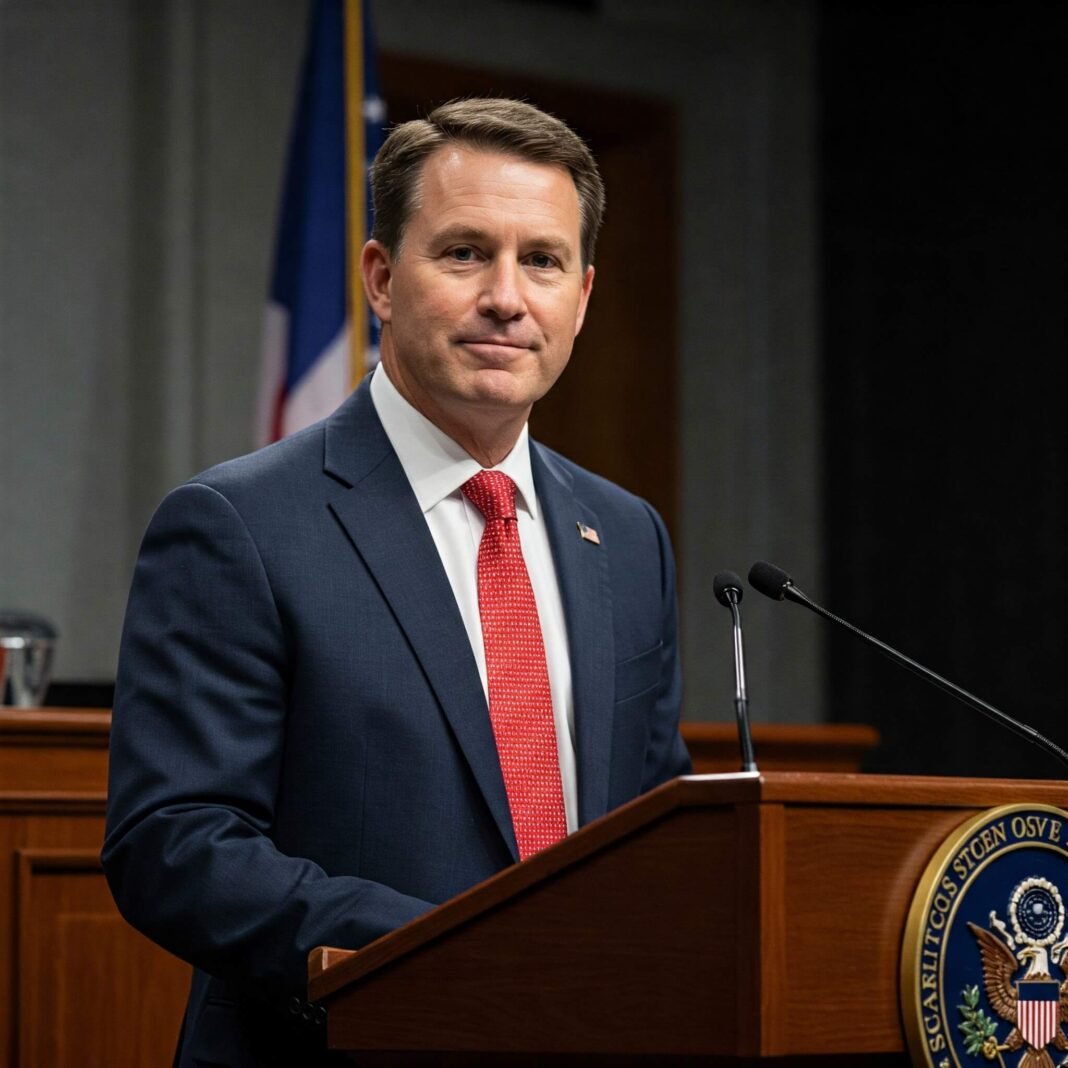For many Americans, national policy feels like something crafted exclusively within the hallowed halls of Washington D.C. We watch Congress, the President, and the Supreme Court. However, what if I told you that some of the most significant influences on the nation’s direction originate not under the Capitol dome, but instead, in statehouses across the country? It’s true – in fact, governors are quietly shaping national policy in profound ways.
Far from being mere administrators of state affairs, governors serve as dynamic leaders, policy innovators, and influential voices that often set the stage for federal action. Indeed, their work on the ground provides real-world testing grounds for potential national policies, and their collective voice can sway the federal agenda.
Therefore, in this post, we’ll explore the various avenues through which governors exercise this significant influence, revealing why paying attention to your state capitol is crucial for understanding the future of national policy.
States as “Laboratories of Democracy”: How Governors Shape National Policy Through Innovation
The concept isn’t new – Supreme Court Justice Louis Brandeis famously described states as “laboratories of democracy” where policies can be tried “without risk to the rest of the country.” Crucially, Governors are the chief scientists in these labs.
Under a governor’s leadership, states can experiment with novel approaches to complex problems like healthcare access, environmental protection, education reform, and economic development. Consequently, successful state-level initiatives often gain national attention and can serve as blueprints for federal legislation or inspire similar policies in other states.

Policy Innovation Starts at the State Level
Think about landmark policies you know – often, their roots can be traced back to state innovation.
- Healthcare: For instance, Massachusetts’ 2006 healthcare reform, signed by then-Governor Mitt Romney, included an individual mandate and other features that heavily influenced the Affordable Care Act (ACA) signed into federal law years later. You can read more about the Massachusetts model’s influence on the ACA here.
- Environmental Standards: California has long set more stringent vehicle emission standards than the federal government. Due to the state’s large market, automakers often adopt these standards nationwide, effectively making a state policy a de facto national one. Learn more about California’s unique role in setting emissions standards via the EPA.
- Minimum Wage: Similarly, many states and cities raised their minimum wages above the federal level, building momentum and providing data that informs the ongoing national debate about wage floors. The National Conference of State Legislatures tracks state minimum wage laws on their website.
These examples illustrate how policies proven effective (or revealing unforeseen challenges) at the state level provide crucial data and political will for national adoption. Ultimately, this is a primary way governors are shaping national policy by demonstrating what’s possible.
Beyond Borders: Interstate Collaboration and Competition
Governors don’t operate in a vacuum. Instead, they interact constantly with their counterparts in other states through organizations like the National Governors Association (NGA). Significantly, these interactions foster both collaboration and competition, both of which can influence national policy.
Leveraging Collective State Power
Through the NGA and other forums, governors can develop bipartisan consensus on national issues and lobby the federal government with a unified voice. Furthermore, this collective influence can be powerful, especially on issues where states bear significant responsibility or costs, such as infrastructure, Medicaid funding, and emergency management. Explore the work of the National Governors Association here.

Interstate Learning and Diffusion
In addition, governors and their policy teams closely watch what works (and doesn’t work) in other states. Successful programs or innovative legislative approaches in one state can quickly spread to others, creating regional trends that eventually influence the national conversation and potential federal action. Likewise, competition between states to attract businesses can also drive national discussions about tax policy, regulation, and incentives.
Governors as National Figures: Using the Platform
Modern governors are often highly visible political figures with direct access to national media and federal policymakers. Consequently, their actions and statements resonate far beyond their state borders.
Using the Governor’s Platform
A governor leading a large or influential state holds a powerful platform. They can use this to:
- Speak out on national issues.
- Advocate for specific federal policies or funding.
- Criticize or support actions taken by the federal government.
- Rally public opinion on issues they champion.
Furthermore, many governors have higher approval ratings and more direct, visible impact on citizens’ lives than many members of Congress, thus giving their voices added weight in national debates.
State Experience on the National Stage
Serving as a governor is often seen as a stepping stone to national office, particularly the presidency. Indeed, when former governors run for or are elected President, they bring their state-level policy experience, priorities, and perspectives directly into the White House, fundamentally influencing the national agenda. Figures like Franklin D. Roosevelt (NY), Ronald Reagan (CA), Bill Clinton (AR), George W. Bush (TX), and Joe Biden (DE) all had significant gubernatorial or state executive experience that informed their presidencies. You can often find detailed biographies of former governors through state archives or historical societies.

Why This Matters to You
Understanding how governors are shaping national policy highlights the critical importance of state-level politics. Ultimately, the decisions made in your state capital today could very well be the national policies of tomorrow.
Actionable Takeaways:
- Pay Attention Locally: Specifically, follow your governor’s actions, legislative priorities, and public statements. Check your state government’s official website for news and updates [by searching online for “[Your State] government official website”].
- Understand State Issues: Research key policy debates happening in your state.
- Connect the Dots: Consider how state-level decisions on issues like climate, healthcare, education, or criminal justice might influence trends nationwide.
- Engage with State Government: Contact your governor’s office or state legislators on issues you care about – your voice can influence policy at the level where many national trends begin. Find contact information for your state representatives and senators through your state’s legislative website.
Conclusion: The Power of the States
While Washington D.C. remains the center of federal power, the states and their governors are undeniable architects of national policy. Through innovation, collaboration, competition, and the use of their significant platforms, governors are quietly shaping national policy in ways that directly impact every American. Recognizing this influence is key to being a well-informed citizen and understanding the dynamic nature of policymaking in the United States.




